In this section:
What are scenic easements?
A scenic easement controls the use of adjacent land, including the airspace above the land, for the purpose of protecting a scenic view. The easement does not affect how the owner used the land prior to the establishment of an easement, and the owner retains the right to use the land in ways not specifically restricted by the easement.
The scope and title of an easement varies depending on state laws and other resource protection programs in place. However, the federal Uniform Conservation Easement Act expressly allows conservation easements that retain or protect natural, scenic, or open-space values of real property.
Many states expressly allow conservation easements that protect scenic values, and many more allow them as part of common law practice.

Overlapping with Other Conservation Goals: Mixed-Purpose Easements
Scenic protection is a popular conservation goal in and of itself. The goal of scenic protection, however, often overlaps with other popular conservation goals such as the protection of open space, wildlife habitats, forests, or wetlands. Given the overlap, many conservation easements are drafted not as single-purpose scenic easements but as mixed-purpose easements. This approach has the benefit of ensuring that if a conservation easement fails to qualify for scenic purposes under the Internal Revenue Service’s definition, it can still be supported under the definition of another permitted conservation value.
Nevertheless, there are drawbacks to creating a mixed-purpose conservation easement when a sole-purpose scenic easement would suffice. Mixed-purpose easements are often more complex and challenging to understand. The tendency to list every possible applicable value can occasionally lead to an inadequate description of some values. Suppose mixed-purpose conservation easements are viewed as nothing more than a litany of conservation values borrowed from boilerplate language. In that case, a reviewing judge may consider some values less important and interpret a related prohibition accordingly. This problem is exacerbated if the activities prohibited on the property do not logically follow or connect to convincing conservation values.
To avoid this danger, it may be advisable to rely on the simplicity of a single-purpose scenic easement when that is, in fact, the sole or primary value the landowner seeks to protect.
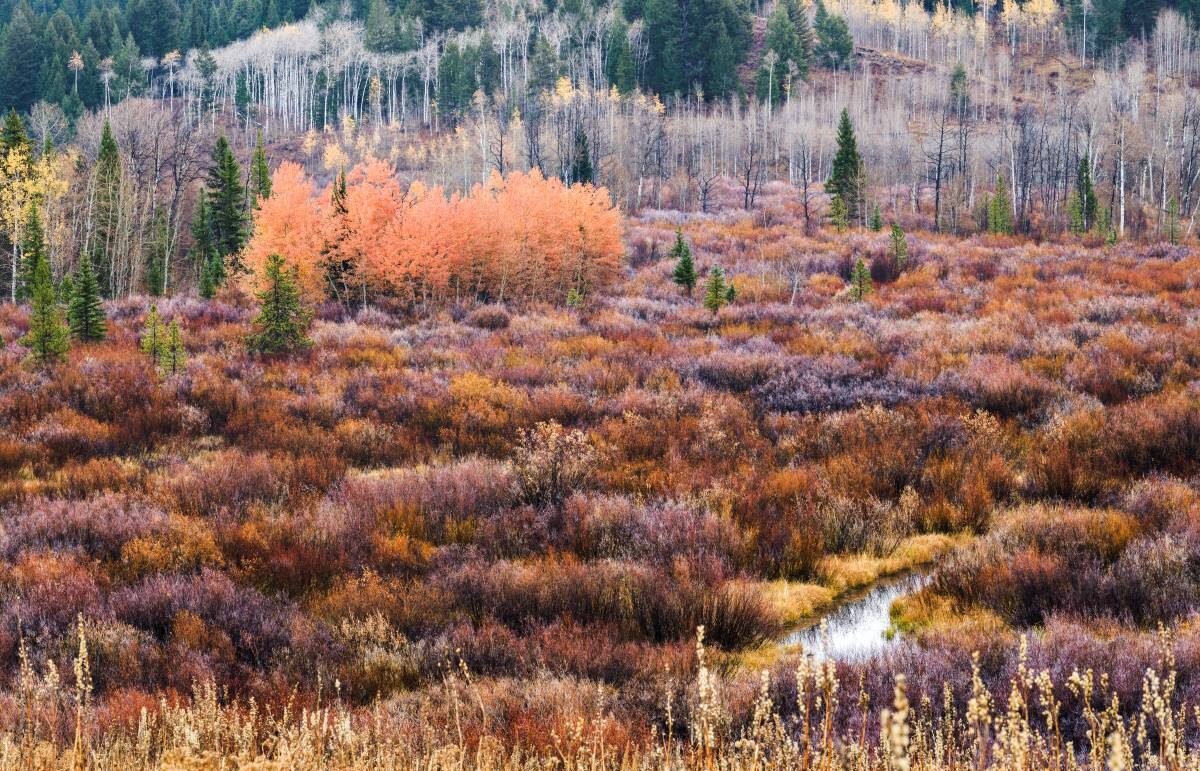
The Role of Scenic Easements in Comprehensive Scenic Protection Programs
Scenic easements are one tool among many used by both government and non-governmental organizations to protect the visual environment. The federal government traditionally has been at the forefront of scenic protection, but states and local governments have also enacted many important measures. Since the 1960s, a number of new national programs have authorized and funded a variety of approaches to protect the beauty of designated highways, rivers, trails, and other recreational areas. Many states have created similar programs, often modeled on their federal counterparts. Organizations at both the federal and state level tend to rely on a combination of regulation, land acquisition, and conservation easements to meet their goals.
Local governments, in contrast, generally have much less funding available for land acquisition. Instead, they tend to rely on land use regulations (e.g., zoning) and strategic uses of capital improvements programs to reach their scenic protection goals. For example, a local government might create a zoning overlay district restricting tall buildings in a scenic corridor, or it might withhold extension of public infrastructure into sensitive viewsheds in order to discourage development.
Non-governmental organizations involved in scenic protection, including land trusts, may collaborate to support one or more of these governmental programs, or may choose to work independently by making targeted land acquisitions. The decision by any of these organizations to use scenic easements, as opposed to another approach, is generally made on a case-by-case basis.

Scenic Easement Programs By State
Learn what types of easement programs are available in each state.
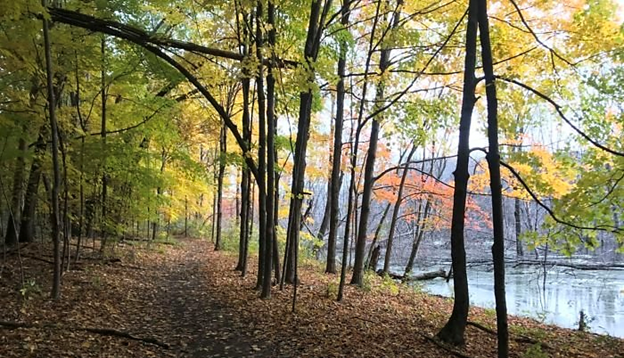
Case Studies
Read examples of communities that have preserved their scenic qualities in the face of development pressures.
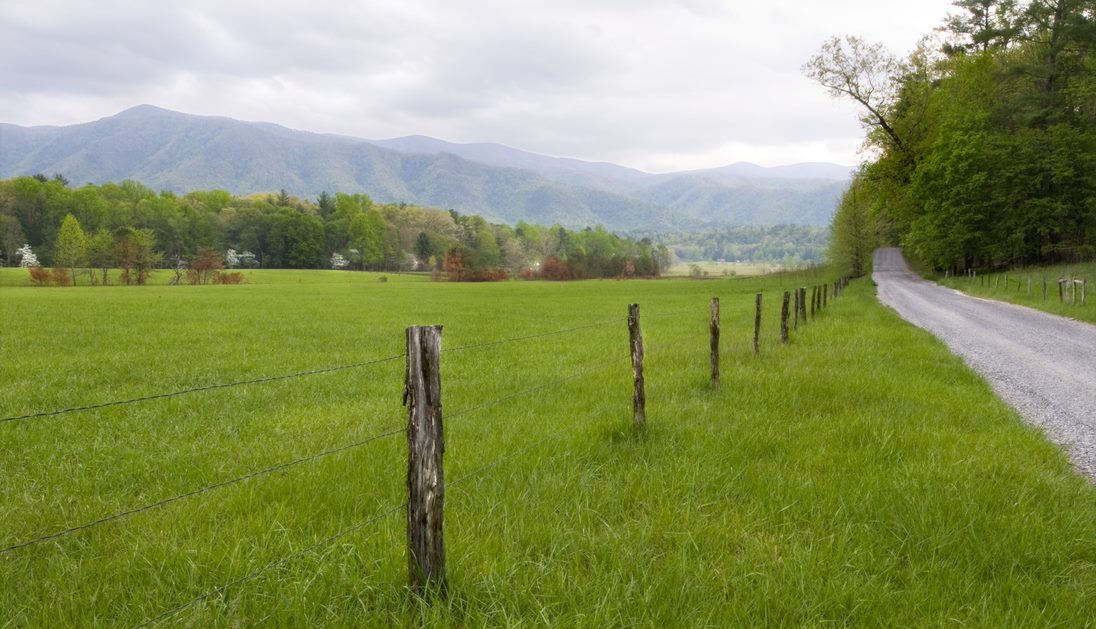
Tips and Tools for Establishing Easements
Get tips and tools to assist you in establishing easements, or tapping in to the protections of an existing easement program.
Placemaking Spotlights
-
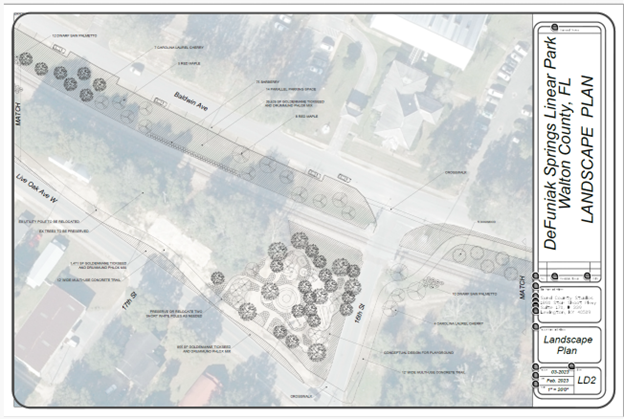 Linear Park in West DeFuniak Springs
Linear Park in West DeFuniak Springs -
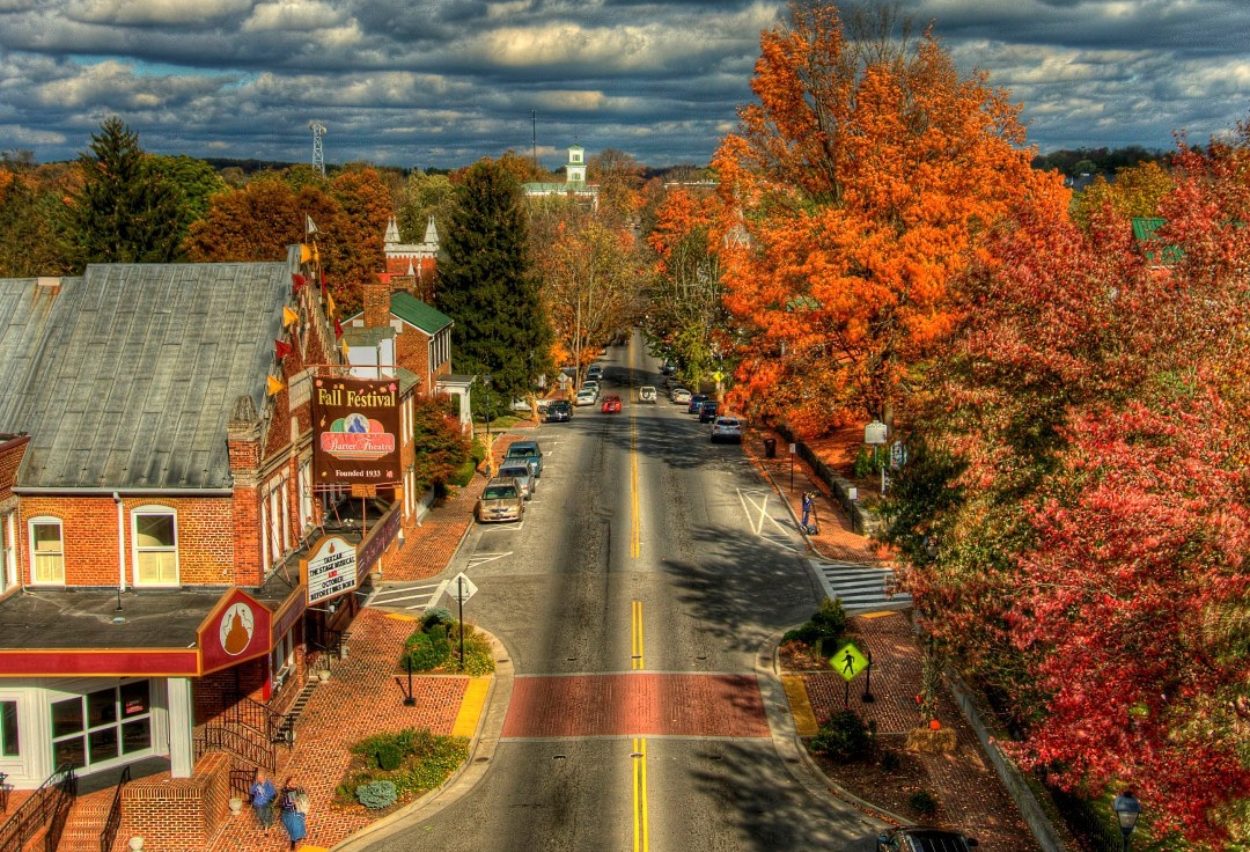 Placemaking Institute 2022
Placemaking Institute 2022 -
 Placemaking Spotlight: Nashville’s Jefferson StreetHistoric Community at a Crossroads is Profiled in Documentary Film Once the northern boundary of…
Placemaking Spotlight: Nashville’s Jefferson StreetHistoric Community at a Crossroads is Profiled in Documentary Film Once the northern boundary of… -
 Placemaking Spotlight: Socorro, New MexicoFormer Mission Town is a Hub for Technology, History & Scenic Beauty The town of Socorro, New Mexico, takes its name from the Spanish word…
Placemaking Spotlight: Socorro, New MexicoFormer Mission Town is a Hub for Technology, History & Scenic Beauty The town of Socorro, New Mexico, takes its name from the Spanish word…